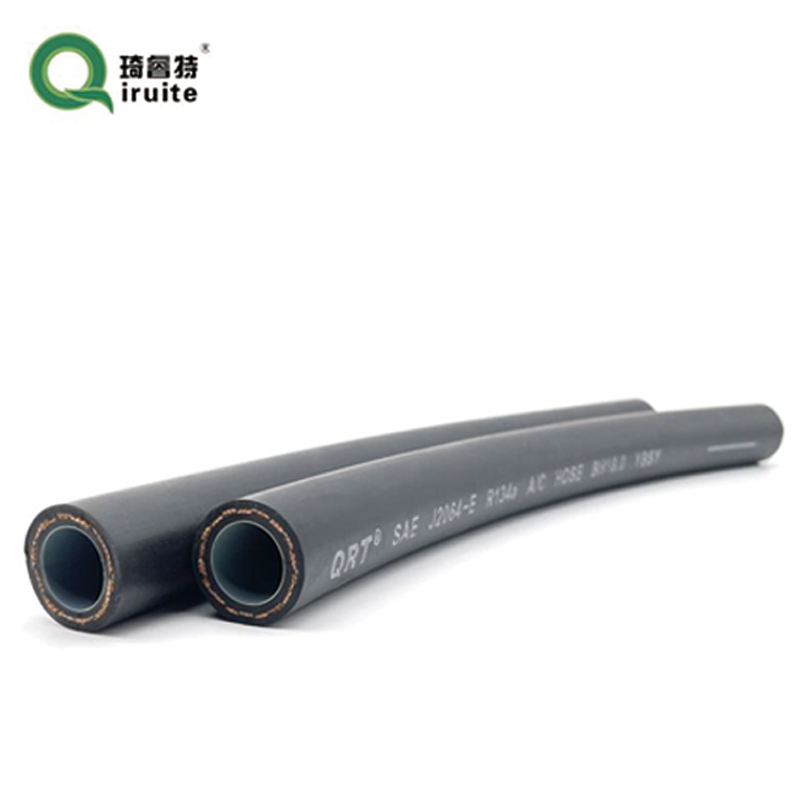Exploring Power Steering Hoses and Lines for Optimal Vehicle Performance
Understanding Power Steering Hoses and Lines A Comprehensive Guide
Power steering is an essential component of modern vehicles, providing drivers with the ability to steer their cars with minimal effort. One of the key elements of this system is the power steering hoses and lines, which play a crucial role in ensuring that the steering system operates smoothly and efficiently. In this article, we will explore the importance of these components, their types, common issues, and maintenance tips.
What Are Power Steering Hoses and Lines?
Power steering hoses and lines are responsible for transporting hydraulic fluid between the power steering pump and the steering gear. The power steering pump generates hydraulic pressure, which helps to assist in steering the vehicle, especially at low speeds. Hoses typically refer to the flexible tubing that connects various components, while lines refer to the rigid tubing that may be found in other parts of the system.
Types of Power Steering Hoses and Lines
There are generally two types of power steering hoses pressure hoses and return hoses.
1. Pressure Hose This hose carries high-pressure hydraulic fluid from the power steering pump to the steering gear. It is designed to withstand high pressure and is often made from reinforced rubber or a synthetic material.
2. Return Hose This hose returns low-pressure hydraulic fluid back to the reservoir after it has cycled through the steering system. Return hoses are typically less robust than pressure hoses and are made to handle lower pressure levels.
In addition to these two types, some vehicles may also have cooling lines and additional fittings that aid in the system's operation.
Common Issues with Power Steering Hoses and Lines
Over time, power steering hoses and lines can experience wear and tear due to constant exposure to heat, pressure, and various chemicals
. Some common issues includepower steering hoses and lines

- Leaks The most prevalent issue, leaks can occur due to cracks or wear in the hoses. This can lead to a decrease in fluid levels and ultimately affect steering performance. Signs of leaks include puddles of fluid under the vehicle or a low fluid reservoir.
- Kinks and Bends Improper routing of hoses can cause kinks and bends, which restrict fluid flow and reduce system efficiency. If you notice difficulty in steering or hear whining noises, check the hoses for any obstructions.
- Damage from Heat and Chemicals Hoses are often exposed to high temperatures and various automotive fluids. Over time, this can cause deterioration, leading to softening or cracking.
Maintenance Tips
To ensure the longevity of your power steering hoses and lines, regular maintenance is essential. Here are some tips
- Regular Inspection Periodically check the hoses and lines for any signs of wear, such as cracks or bulges. Look for leaks around connections and ensure that all fittings are secure.
- Fluid Levels Keep an eye on the power steering fluid levels. If you notice a drop, it could indicate a leak in the system, warranting further inspection.
- Avoid Excessive Heat Ensure that hoses are not located near sources of excessive heat, such as the engine or exhaust components. Insulating them can help prevent premature deterioration.
- Replace Worn Components If you identify any damaged hoses or lines, they should be replaced immediately to avoid further complications in the steering system.
Conclusion
Power steering hoses and lines are integral components of your vehicle's steering system, contributing to the ease of handling and overall driving experience. Understanding their function, potential issues, and maintenance can help ensure that your power steering remains efficient and effective. Regular checks can prevent minor problems from escalating into costly repairs, keeping your vehicle safe and responsive on the road.
-
Ultimate Spiral Protection for Hoses & CablesNewsJun.26,2025
-
The Ultimate Quick-Connect Solutions for Every NeedNewsJun.26,2025
-
SAE J1401 Brake Hose: Reliable Choice for Safe BrakingNewsJun.26,2025
-
Reliable J2064 A/C Hoses for Real-World Cooling NeedsNewsJun.26,2025
-
Heavy-Duty Sewer Jetting Hoses Built to LastNewsJun.26,2025
-
Fix Power Steering Tube Leaks Fast – Durable & Affordable SolutionNewsJun.26,2025

